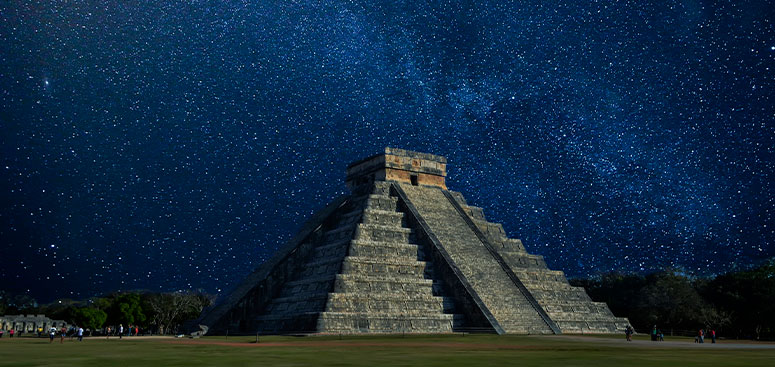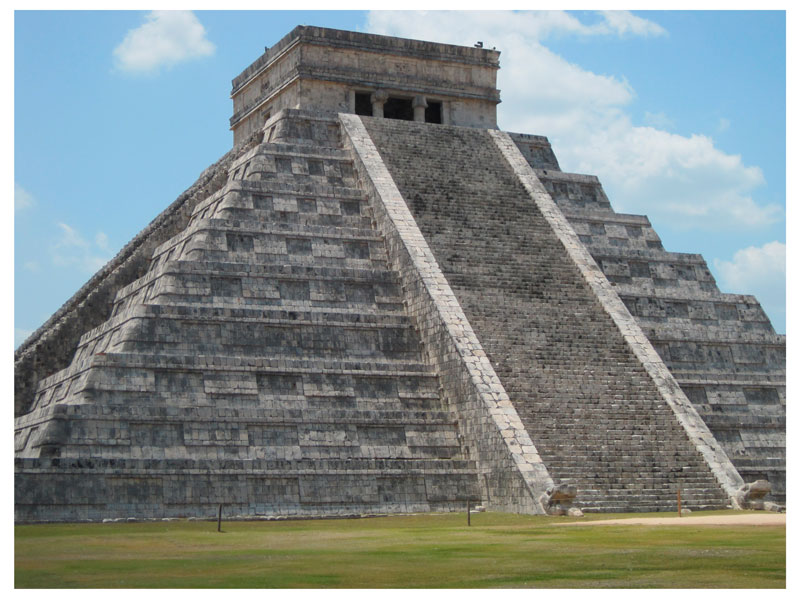The Mayan Culture

During the classical period, one of the most amazing cultures in the history of mankind, the Mayan Culture, flourished in the tropical forests of Mesoamerica.
It was a Mesoamerican civilization that developed in Mexico in the states of Yucatan, Campeche, Quintana Roo, Chiapas and Tabasco, also in Guatemala, Belize and the western part of Honduras and El Salvador, covering more than 300,000 km².
The Mayan name comes from the ancient city of Mayapan in the state of Yucatan, which was the last capital of a Mayan Kingdom in the Postclassic Period.
He excelled over more than two millennia in numerous socio-cultural aspects such as his writing, one of the few fully developed writing systems of the pre-Columbian American continent, his art, architecture, his mythology, his remarkable numbering systems, as well as in astronomy and mathematics.
The Maya today, their culture and legacy
Like most ethnic groups in Mexico, the Maya suffered the impositions of Western culture after the conquest. However, something identifies this famous group in particular: the ability to preserve its traditions subject to the evolution of five centuries. Currently, despite the process of miscegenation, the Maya keep alive some customs inherited from their ancestors.
Over the course of their existence, the Maya spoke hundreds of dialects that now comprise 44 distinct Mayan languages. They were one of the most important pre-Columbian Mesoamerican cultures.
His literature is a perfect example of how life developed in this culture. Some works such as the Rabinal Achí, the Popol Vuh, the various books of the Chilam Balam, relate its existence.

The Mayan culture is also recognized for the construction of large temples that prevail today, in addition to pyramids built for religious purposes and that today are tourist places in Mexico.
On many occasions they are linked to religious aspects or the movement of the stars in the celestial vault. In addition, it was nourished by the influence of other pre-Hispanic cultures, especially from central Mexico. Currently, eight Mayan archaeological sites are recognized as World Heritage Sites and half of them are in Mexico: Palenque, Calakmul, Uxmal and Chichen Itza.
The religion of this people was polytheistic, because they believed in several gods linked to nature. Mayan deities were present in all aspects of life. Highlights include Hunab Ku, the father of the gods; Itzamná, the god of the sun and wisdom; and Chaac, the god of rain. Also of special relevance are Kukulcan as god of the wind and who descends like a feathered serpent every equinox in Chichen Itza. Ixchel is the goddess of the moon, fertility and water.
The cenotes were very important for the ancient Mayans because they were a source of water for consumption and irrigation. In addition, they believed that they were an entrance to Xibalbá or the underworld.
In astronomy, they highlight the accuracy of their solar and lunar calendars. They developed an efficient and complex calendar that accurately established 365 days a year.
The Maya never disappeared completely, because their descendants still inhabit the region of their ancestors and many of them speak some of the languages of the Mayan family, preserving their roots.
References:


